Fighting Salinity and Sodicity Effects with a Nutritional Approach
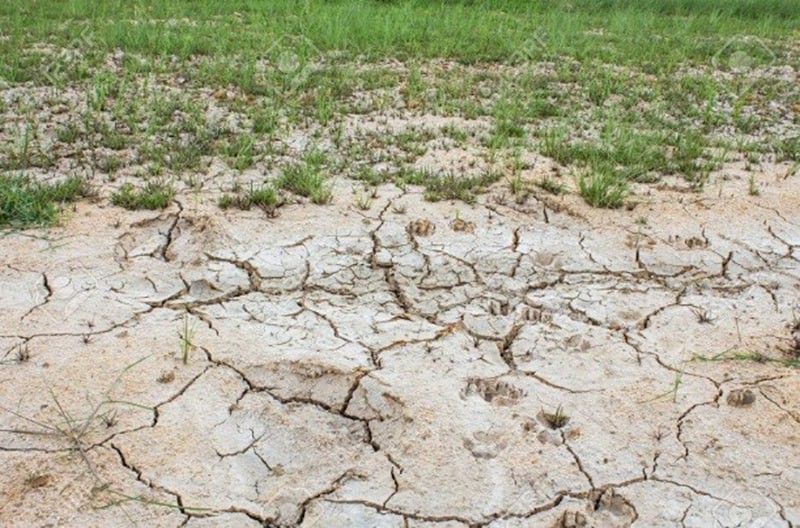 Soil salinity can occur naturally or be caused by human activity – continuously irrigating with water that has a high salt concentration, for example. While some crops are tolerant to saline soils, high concentrations of some salts can be toxic to others. Salinity can also affect a plant’s uptake of water and absorption of nutrients.
Soil salinity can occur naturally or be caused by human activity – continuously irrigating with water that has a high salt concentration, for example. While some crops are tolerant to saline soils, high concentrations of some salts can be toxic to others. Salinity can also affect a plant’s uptake of water and absorption of nutrients.
In this blog post, we will take a closer look at the causes and consequences of salinity and sodicity, and how producers can take a nutritional approach to lower the impact on their crops.
Understanding Salinity and Sodicity
Rain and irrigation water contain a significant amount of dissolved salts in forms of chlorides, sulfates, carbonates and bicarbonates of calcium, magnesium, potassium and sodium. This is referred to as salinity (sensu stricto). While some of these elements, like calcium, magnesium and potassium, can improve soil structure, others, such as sodium, can negatively affect plant growth and productivity.
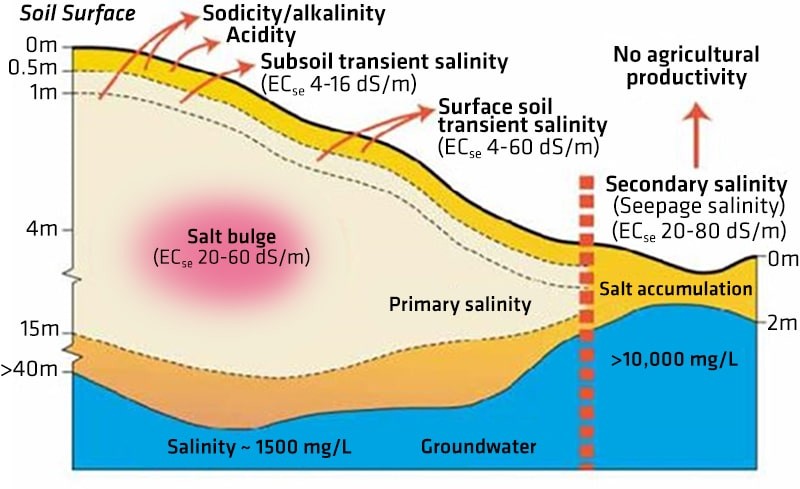
Sodicity refers specifically to the amount of sodium present in the rain or irrigation water. Excess amounts of sodium can adversely impact soil structure, making plant growth difficult. Highly saline and sodic water can cause problems for crops, depending on the soil type, crop species and growth stage. The amount of water able to seep through the root zone can also be affected.
Sodicity has serious impacts on farm production, as well as significant off-site consequences such as:
- Surface crusting
- Reduced seedling emergence
- Reduced soil aeration
- Increased run-off and erosion risk
- Less groundcover and organic matter
- Less microbial activity
Salinity becomes an issue when salts accumulate in excess in the root zone and hinder plant roots from withdrawing water from the surrounding soil. An excess of salt also causes the fine particles of the soil to bind together into aggregates. This is called sodium-induced dispersion and leads to a reduced infiltration, reduced hydraulic conductivity and surface crusting. The poor infiltration hardens soil creating a surface crust which restricts both water infiltration and plant emergence. Under these conditions, it is difficult for plants to establish and grow.
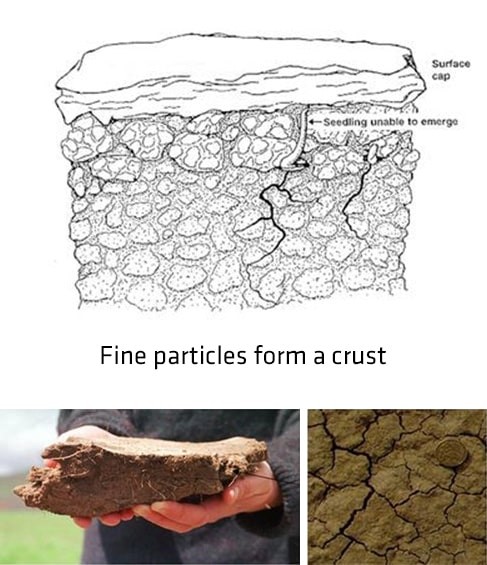
The surface crusting is caused by sodium-induced clay dispersion. When clay particles disperse within soil water, they plug macro-pores at the surface of the soil. This will ultimately block avenues for water and roots to move through the soil.
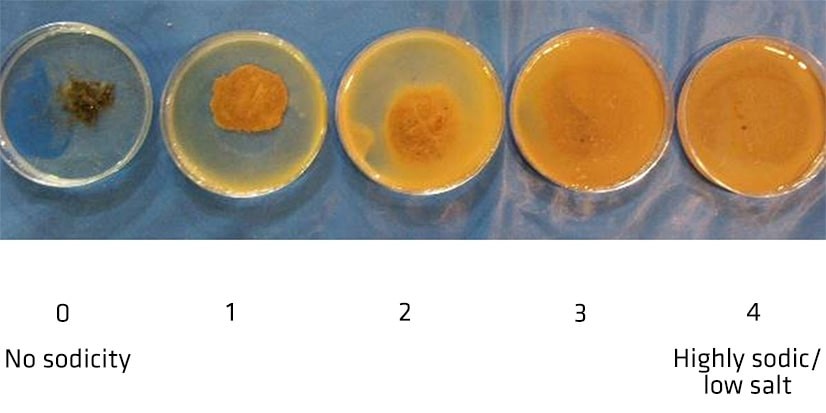
OMEX has the Solution
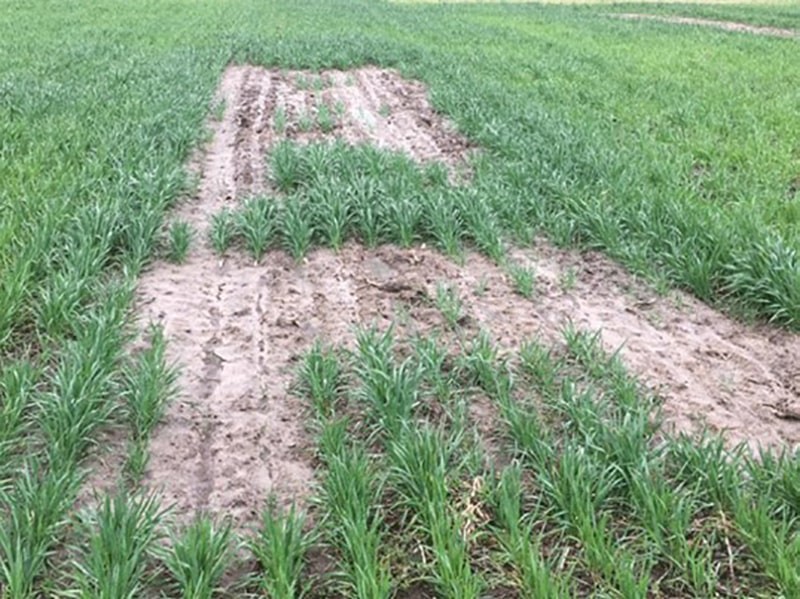
If you are struggling with salinity/sodicity on your land, OMEX can help.
To reduce sodium-induced dispersion and improve infiltration in the saline area, the use of calcium and magnesium (gypsum, dolomite) is recommended.
Alongside calcium and magnesium, we recommend the use of humic acid to improve aggregation, increase infiltration of water and stabilize clay particles. Humic acid is also beneficial in increasing organic matter and lowering the symptoms of sodicity. Further, it also encourages crop growth and microbial activity.
OMEX carries liquid gypsum and other sources of calcium (Sequestri-CAL, CN9), magnesium (Uptake Mg, PK Bulk) and humates (Organohume) to fight salinity/sodicity, along with a full range of seed-applied Primers, in-furrow Starters, in-crop Foliars and specialty products to cover the needs of your crops during ideal and less-than-ideal conditions and help you meet your yield goals.
For more information on these products and a guided nutrient management strategy tailored to your unique needs, talk to your OMEX representative today.
